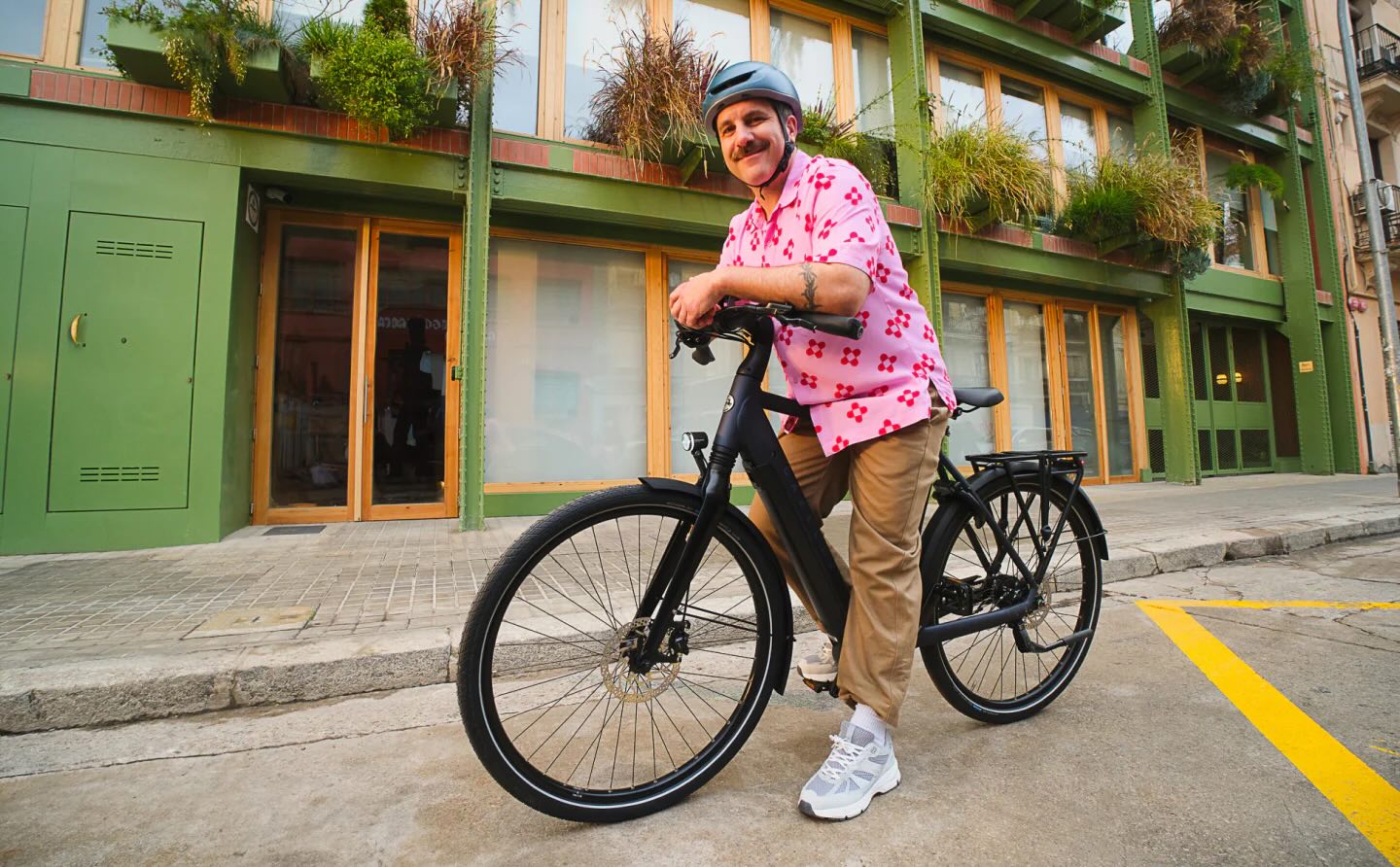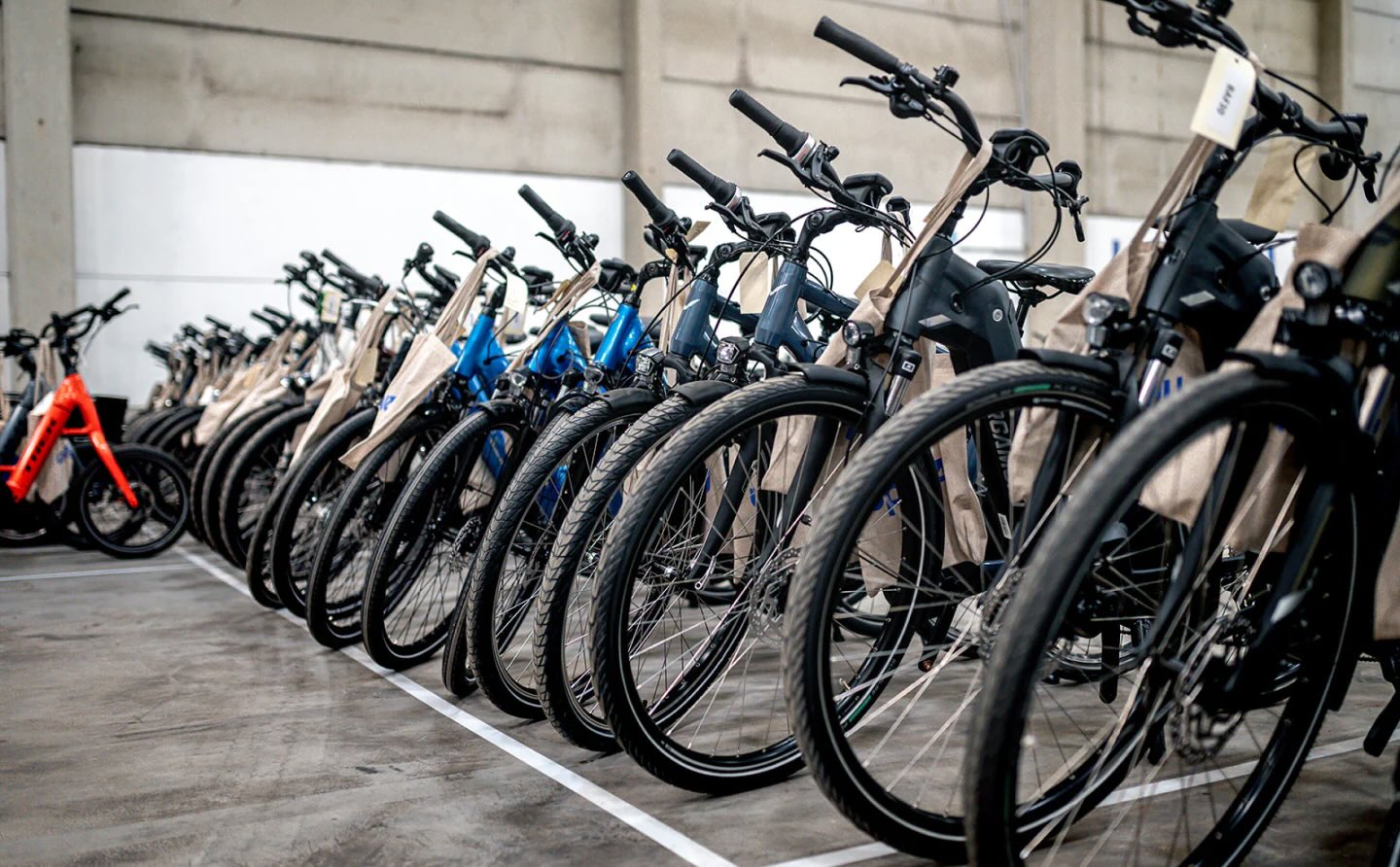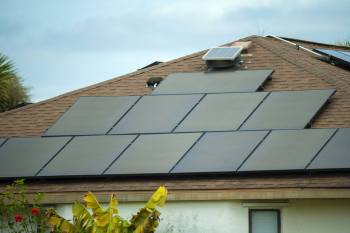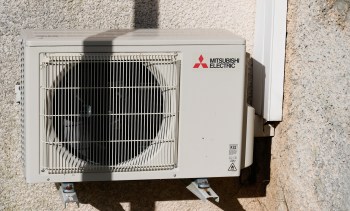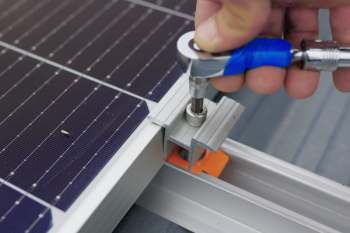A combination of intense winds, big waves, and tidal forces wreaked havoc across Australia's southeastern coastlines in June, according to The Guardian. The severe conditions submerged jetties, eroded beaches, and threatened structures in multiple states.
What's happening?
Coastal communities in South Australia, Victoria, and Tasmania experienced damaging winds and tides surging to levels significantly higher than expected last month.
Near Port Adelaide, waters surged almost 26 inches (65 centimeters) above the highest astronomical tide. Abnormal spikes were also seen in Victoria's Port Phillip Bay and Gippsland, where tides rose almost 16 inches (40 centimeters) and 12 inches (30 centimeters) above typical monthly highs, respectively.
According to 2024 reporting from New Scientist, many places could see high tides up by as much as 1.5 inches (4 centimeters) by 2100, "as a result of the reduced mixing of ocean layers as seas get hotter." These conditions, paired with storm surges, could overwhelm flood defenses and other infrastructure.
Adam Gray, executive officer for the South Australia Coastal Councils Alliance, told The Guardian, "We know that councils and their communities are seeing increasing frequency of inundation and erosion events, and an accumulation of erosion, which is causing them no end of problems."
Why are severe coastal conditions concerning?
Warmer seawater can supercharge storms, making them stronger, longer-lasting, and more destructive, according to the Environmental Defense Fund.
Save $10,000 on solar panels without even sharing your phone number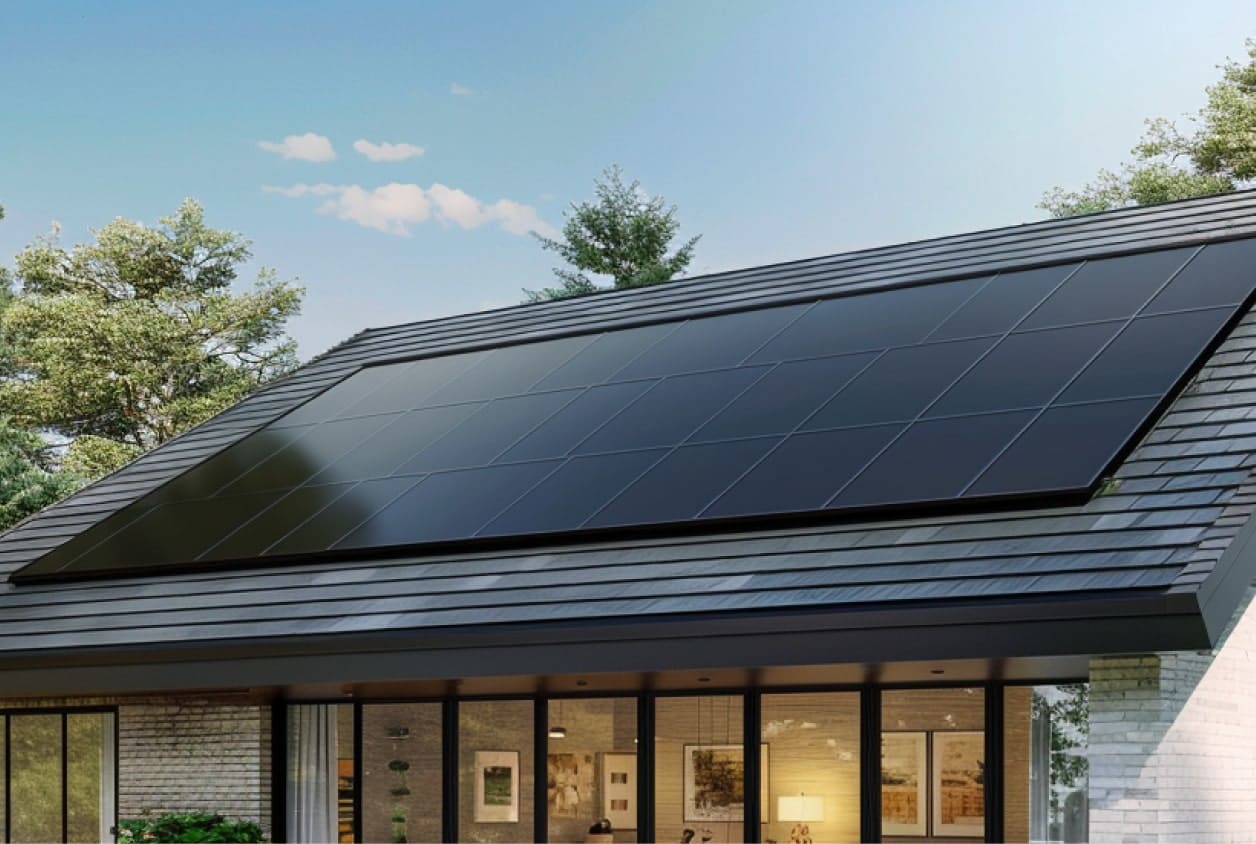 Want to go solar but not sure who to trust? EnergySage has your back with free and transparent quotes from fully vetted providers that can help you save as much as $10k on installation. To get started, just answer a few questions about your home — no phone number required. Within a day or two, EnergySage will email you the best local options for your needs, and their expert advisers can help you compare quotes and pick a winner. |
While extreme weather events have historically posed harm to coastal communities, scientists now generally agree that warmer oceans and melting polar ice — tied back to the proliferation of heat-trapping pollution — can contribute to rising sea levels. Higher seas can push water further inland and undermine the infrastructure, like jetties and seawalls, that are meant to protect people, homes, and fragile habitats.
More frequent tidal surges and erosion can damage ecosystems, compromise public safety, and challenge local governments and economies, draining resources. As local councils in Australia scramble to protect and rebuild shorelines, the risk of repeated damage is growing — and intimidating.
According to the Electric Infrastructure Security Council, when communities face these harsh hits again and again, they also experience basic service disruption, potential physical injuries, and possible long-term mental health impacts.
David Kriebel, a professor of ocean engineering, told the National Aeronautics and Space Administration in 2020 about the mounting hazards of high-tide flooding, "I think we're going to end up with certain locations that are going to take big actions — New York City and Miami Beach are examples — and we're going to have other smaller communities that are going to have a hard time dealing with it."
|
Do you worry about air pollution in your town? Click your choice to see results and speak your mind. |
What's being done about it?
Getting to the root of the problem will require seeing coastal damage as a result of human-caused pollution and the increasing temperatures, melting ice sheets, and rising sea levels that it leads to.
As one of the world's largest exporters of petroleum gas, according to the Observatory of Economic Complexity, and a top driver of global emissions tied to coal exports, per Earth.org, Australia has a pivotal role to play in addressing that heat-trapping pollution. Environmental activists and advocates in the country have been pushing against the expansion of oil and gas and rallying support for clean, renewable energy to replace fossil fuels.
Last year, renewable energy generated 46% of Australia's total energy. By 2030, the current administration says it aims to see 82% of the country's electricity powered by solar, wind, and hydro energy.
In the meantime, councils in Australia are "accelerating their coastal hazard adaptation planning," according to The Guardian, and seeking more federal support to prepare. Communities that rebuild and protect themselves from the threat of rising seas demonstrate that there is much work to be done — and also that the tide can still turn.
Join our free newsletter for good news and useful tips, and don't miss this cool list of easy ways to help yourself while helping the planet.


